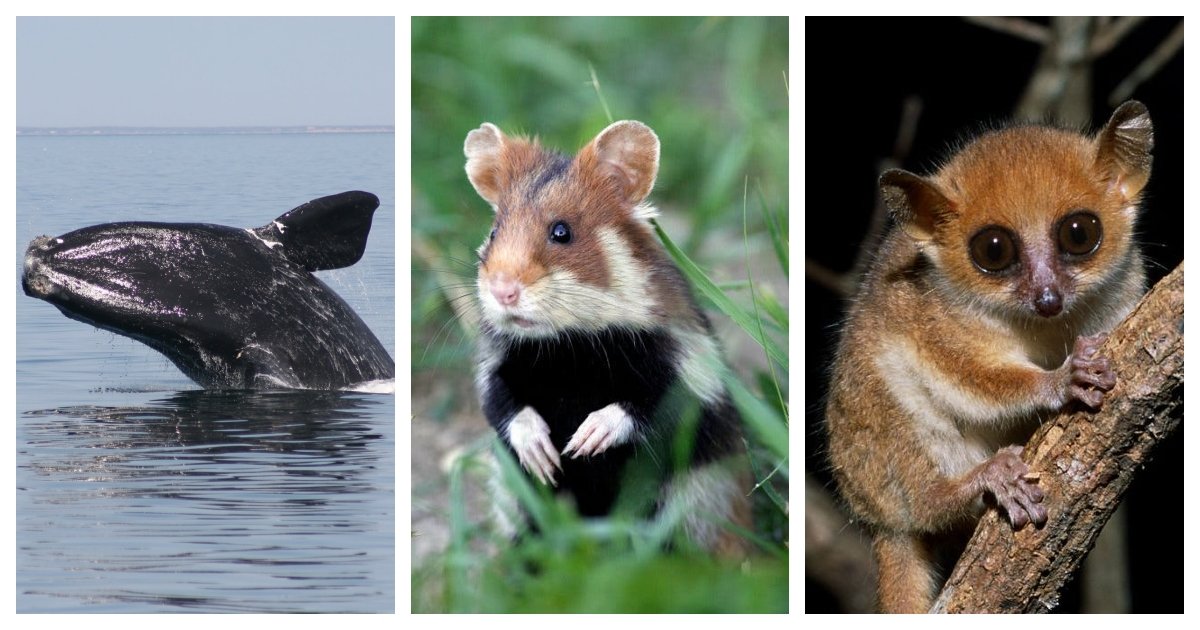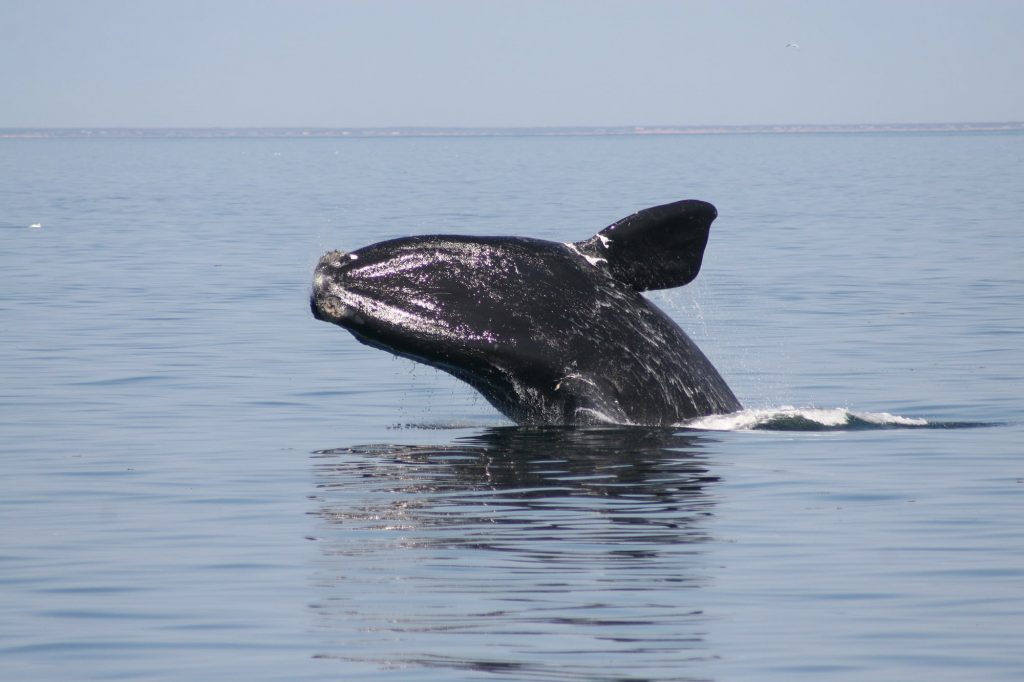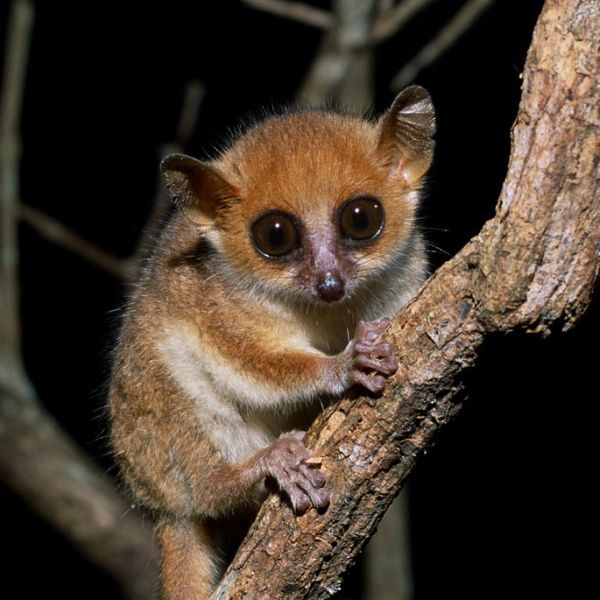The International Union for Conservation of Nature (IUCN)’s Red List of Threatened Species is the most credible and accurate lists when it comes to determining how close any given species is to becoming extinct.
As of this month, of the 120,000 species it monitors, 32,000 are critically endangered.
Since its latest list, four species have gone extinct although its status could change should any evidence that suggests their survival is found by the researchers.
A few species have been pushed to the verge of extinction under the column of critically endangered. One of the most recognizable animals that has faced this fate is the European Hamster, such as one in the picture above.
The rapid decline of the hamsters in Europe is shocking because of the rate at which it is taking place. Just 4 years ago in 2016, they were categorized as species of ‘least concern’, indicating its abundance. Now the IUCN list warns that the hamsters may go extinct within 30 years.
Another species that is in even greater danger are the North Atlantic Right Whales. The latest report estimates there are less than 250 adults left of these magnificent species of whales that once freely roamed the waters of the Atlantic.
The already small number of these whales plummeted by 15% since 2011, mainly because of global climate changes. Krill, the main food supply of the whales, moved North to colder waters as global sea temperature continues to rise.
As the whales chase its prey, it is now forced to feed in one of the busiest ocean routes in the Gulf of St. Lawrence in the Canadian shores. From direct impact with vessels to decreased reproduction rate due to stress, the fight to save the whales has only gotten toughter.
Size does not seem to matter in what some worry as the next great wave of extinction. Madame Berth’s mouse lemurs, one of the 107 lemur species that still survives, is also critically endangered according to the newest report.
At only 9cm long, these lemurs are one of the smallest primates on the globe as of now. The loss of their habitats due to farming and mining have been cited as the biggest concerns in the conservation efforts.
Share with us your thoughts on this story in the comments, and be sure to follow us on Facebook for more news like this one.
Replaced!





